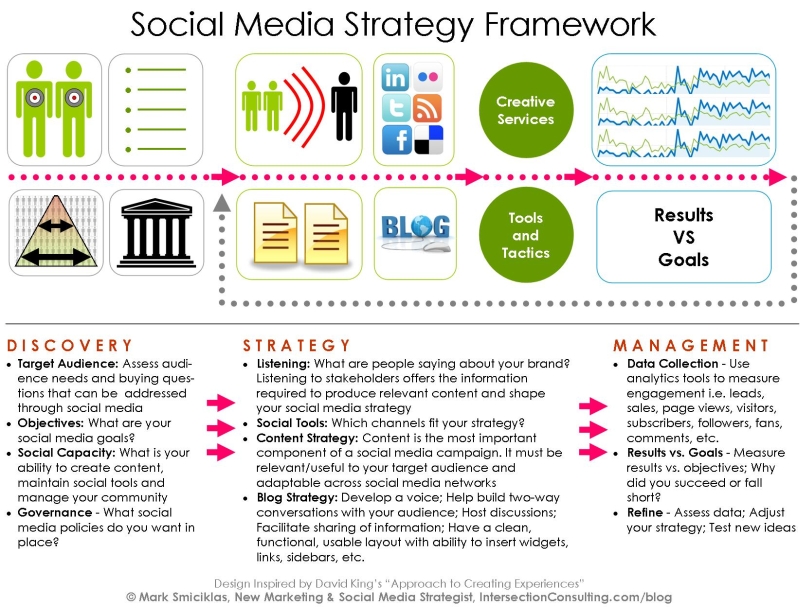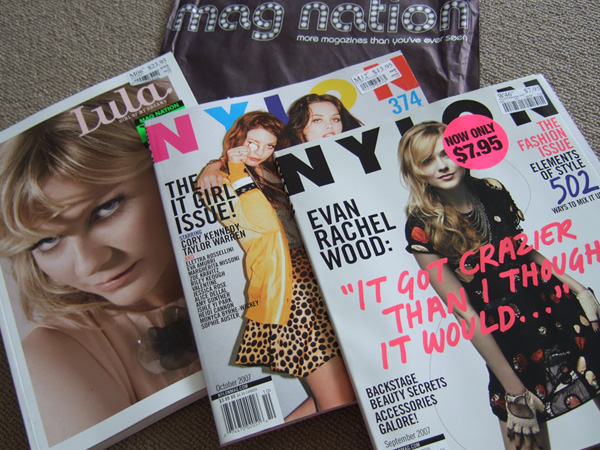Oct
2014
How I discovered the digital media industry
MAJOR ESSAY ASSIGNMENT
Knowledge production and dissemination is an ever-changing process within the media industry, posing a number of opportunities and challenges for media professionals. My experience as a Digital Communications Intern at Netball Australia has informed my ideas of this changing media landscape and these potential challenges I may face when entering the media industry. It has deepened my understanding of the industry, the expectations of industry professionals and consumers in this space and the innate influence technology has on this industry.
Miles (2007, p. 213) describes network literacy as “being able to participate as a peer within the emerging knowledge networks that are now the product of the Internet.” Through my internship at Netball Australia, I have been enabled an opportunity to strengthen my network literacy, with a strong focus on technology and the Internet. My internship has also allowed me to consider the following question: what did communications roles consist of before social media existed, and if I was a media professional when I was born, what sort of job would I have?
Technological developments have allowed for change in the communications industry, and change how media professionals communicate with consumers. This directly relates to the ideas of Potts and Murphy (2003, p. 11) on technological determinism, believing that “technology is the agent of social change,” and “if implemented on a sufficiently wide scale will generate a new type of society.” (Potts and Murphy 2003, p. 12). This new type of society is one that relies on social media for information.
Potts and Murphy (2003, p. 20) further this stating, “the characteristics of a society play a major part in deciding which technologies are adopted, and how they are implemented and controlled.” At Netball Australia, we are constantly inundated with fans contacting us via social media to ask questions about game times, broadcast information and general enquiries. People are turning to social media as an information portal, for one-way news that is communicated to fans, although also as a way for fans to communicate with organisations.
This is particularly relevant in how the magazine industry has adapted and developed to survive in the Internet age. With the information in magazines being produced weekly or even monthly, the industry struggled to keep up with the Internet age. Immediacy is considered more important and immediacy is what the Internet can provide. The magazine industry had to revolutionise the way it produced and distributed content to maintain their survival. Duffy (2013, p. 4) explains, “most publishers have seen consistently declining revenues as both audiences and advertisers migrate to free, immediate, and interactive platforms,” those platforms prominently being the Internet-driven social media websites.
Duffy (2013, p. 40) emphasises “publishers began to realize the crucial need to create web content for the swiftly growing population of Internet users,” as they were losing substantial revenue and readership, and essentially the industry was dying. This meant that the magazine industry had to do what Miles (2007, p. 207) describes as “being comfortable with change and flow as the day to day conditions of knowledge production and dissemination, and recognising that all of this may change.” Instead of crumbling under the pressures of the Internet age, they had to adhere to the age-old saying of ‘if you can’t beat ‘em, join ‘em’.
As a result, the magazine industry underwent a hefty transformation to become the multi-media faceted platform that it is today. Duffy (2013, p. 43) explains “in addition to continuously updating their own multimedia websites, most magazines offer audiences the opportunity to engage with their brands across what has been called the “social mediasphere.” A magazine is not just simply a printed and bound, tangible publication. It is a website with web articles expected to be published within the 24-hour news cycle, it is social media accounts that post extra content and the printed product is expected to excite and mesmerise readers. A simple printed and bound publication with articles, images and advertisements is simply not sufficient.
Consumers almost expect now that some sort of technology will be intertwined with every print production. This sentiment is known as convergence. Duffy (2013, p. 3) defines convergence as “the blurring of boundaries between different media channels as well as the blurring of roles held by producers and consumers.” Duffy (2013, p. 3) goes further by explaining, “in light of the boundary shifts associated with media convergence, producers are ostensibly compelled to redefine their industries, their roles, their audiences, and their products.” This is apparent in the magazine industry. For the purposes of demonstrating this, I have published this essay on my blog to mock how the websites of magazines do this. They have links, videos, images, and interactive material.
Readers want bang for their buck, and that bang comes from innovations such as mobile application interaction such as the ability for users to scan parts of the magazine with an app to get extra content such as video interviews and behind the scenes images from a photo shoot. This is being innovative, and it is innovation that consumers crave. Duffy (2013, p. 5) explains, “as content spills off the printed page and across the internet, iPad/tablet, mobile, television, and retail industries, magazines are seemingly evolving from objects into brands.”
This then begs the question, will the children being born today know what a magazine is, or what it used to be? Or will they only be familiar with a converged media landscape? Duffy (2013, pg.1) discusses this idea in relation to a video named ‘A magazine is an iPad that does not work’. In the video, a one-year-old girl is seen happily playing with an iPad, although when she picks up a magazine she is confused as to why it is not interactive. View the video below.
Created by UserExperiencesWorks via YouTube
Being innovative is a quality that was communicated to me as being important and essential when applying for my internship at Netball Australia. I had to be modern, I had to look at ways that netball could appeal to its current fan base, but also extend and grow to new lovers of netball. Some days at my internship I have been required to scour the Internet for new trends in social media and ways that sporting organisations all over the world are communicating with their fan base.
As media professionals we are constantly required to be creative, think laterally and be across all new technologies that are created and appeal to our fan base. This relates back to Miles (2007, p. 207), as I have reached an understanding that what I learn at University and my internships will not give me the sufficient information to execute my role as a media professional for the rest of my career. I must upskill, continue to learn about these new innovations as well as learn about the audience, what they like, what they don’t like.
Duffy (2013, p. 5) agrees with this sentiment in the magazine industry stating, “to keep their jobs, magazine workers are forced to balance specialization with being Jacks- and-Jills-of-all-trades.” Media professionals can’t just be good at one thing. At Netball Australia our graphic designer also creates some of the video content for the website. This position was not explicitly outlined in his job description when he applied for the job, however multi-faceted roles is the expectation in media industries.
Furthermore, the case study of the magazine industry and my experience interning with Netball Australia has allowed me to critically consider my role as a media professional in an ever-changing, growing and innovative industry. I understand heading into the workforce as a media professional, that the technology that I use today and that audiences relish and appreciate today, probably will not be the same technologies that audiences will value in 10 years time. I understand that it is expected of me to embrace technological advancements and deliver these to the audience who trust me the organisation I represent to be innovative and impressive. I appreciate that the company I represent may create my role without set boundaries, and it is expected that I will be across many technological platforms. However most importantly, I understand that it is not producers who foster the change in technology and what is appreciated in society, but rather the consumers and it is their needs that are ofupmost importance for excelling in this industry.
References:
Murphie, Andrew, and John Potts (2003). Culture and Technology. New York: Palgrave Macmillan. Pg. 11-20 Print.
Miles, Adrian (2007). Network Literacy: The New Path to Knowledge. Screen Education Autumn. Pg. 207-208. pdf
Duffy, EB (2013). Remake, Remodel : Women’s Magazines in the Digital Age. Project Muse. Pg. 1-68. E-book.



